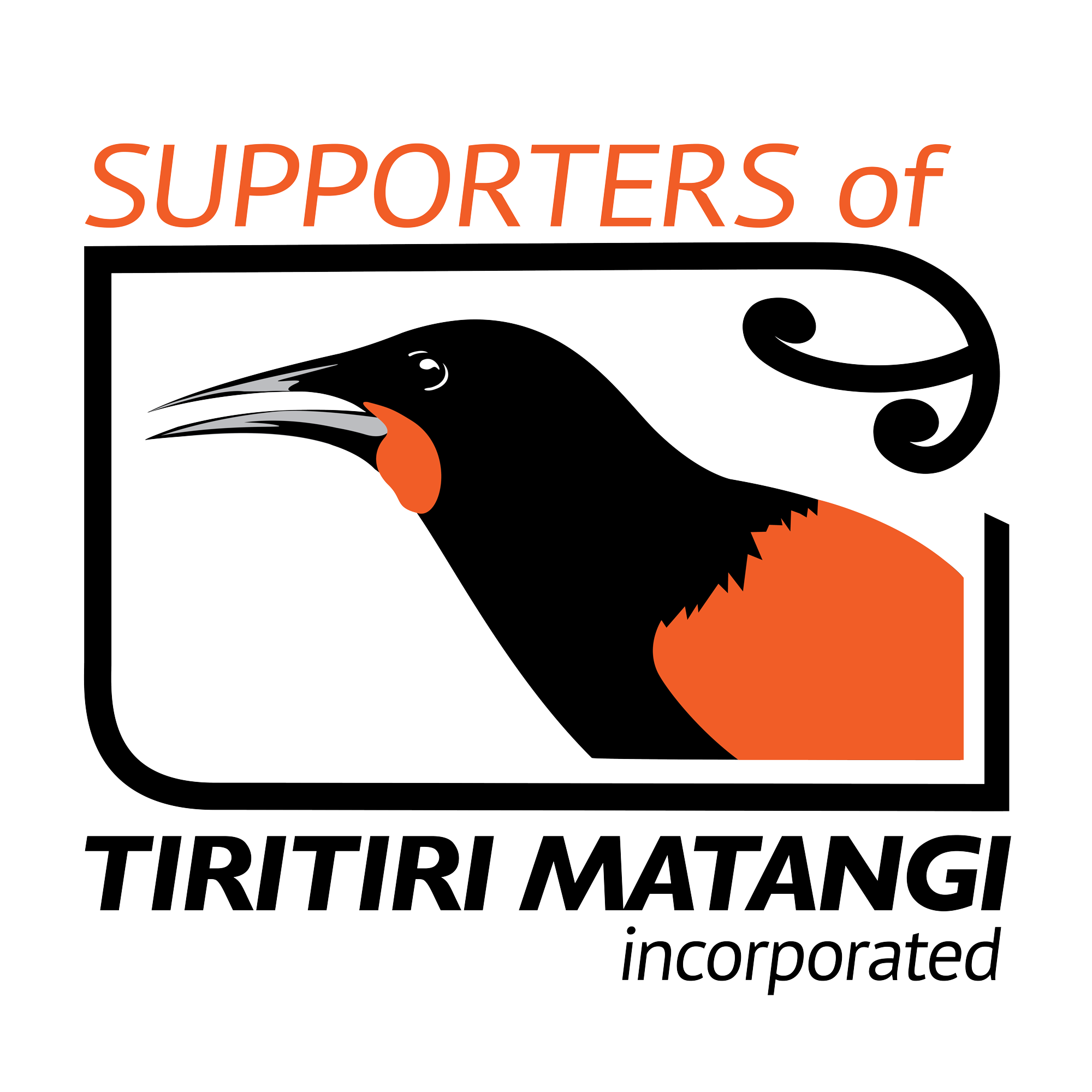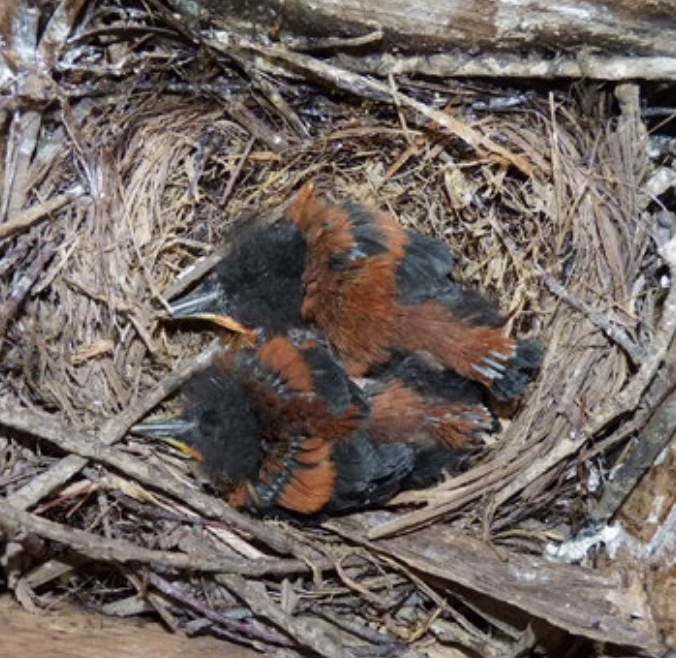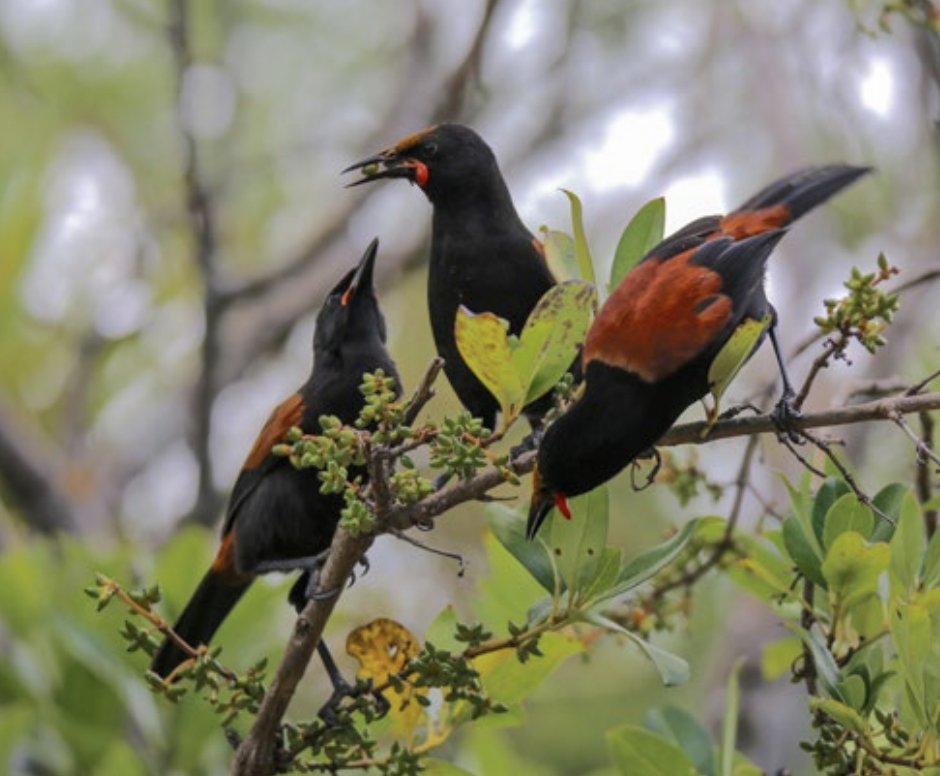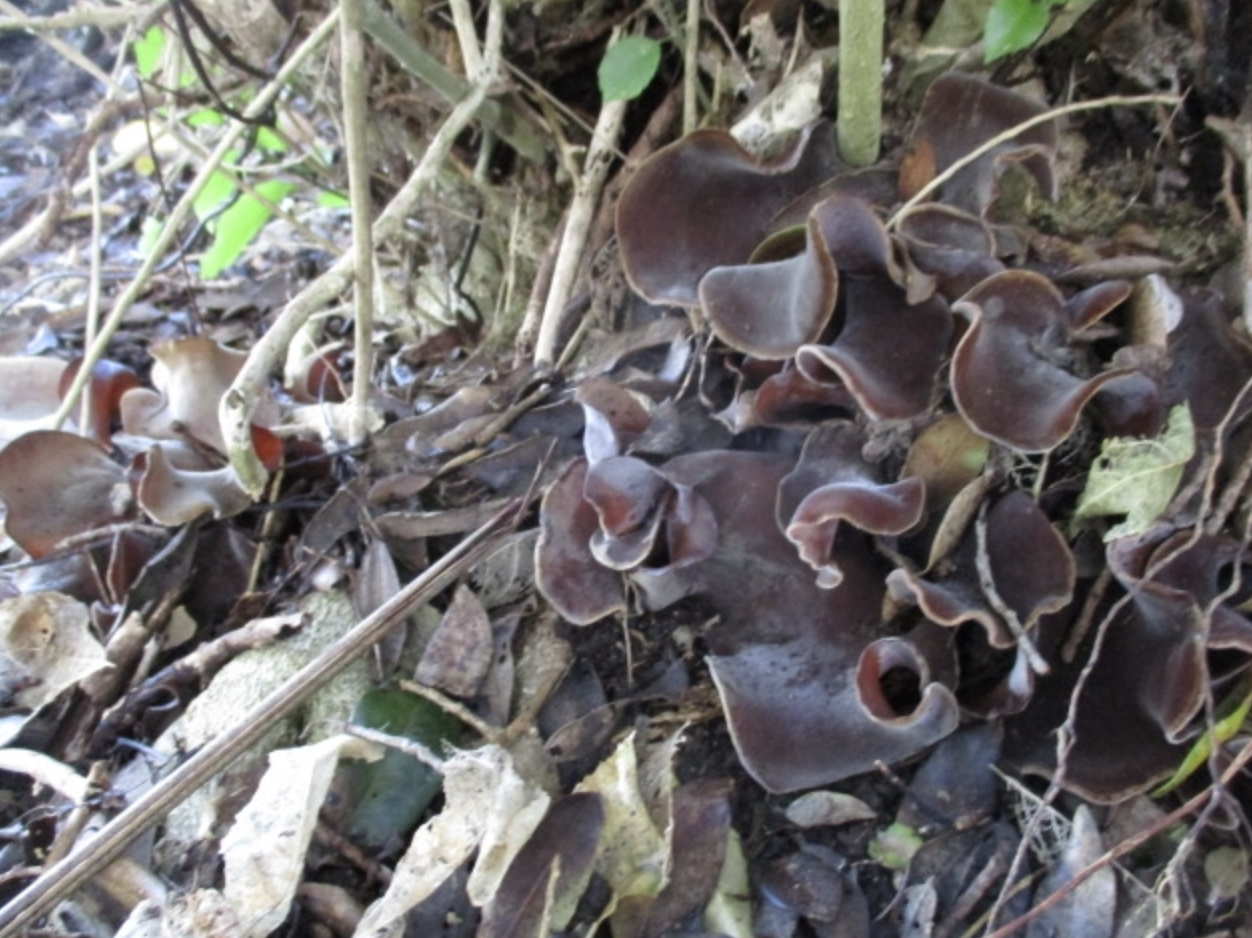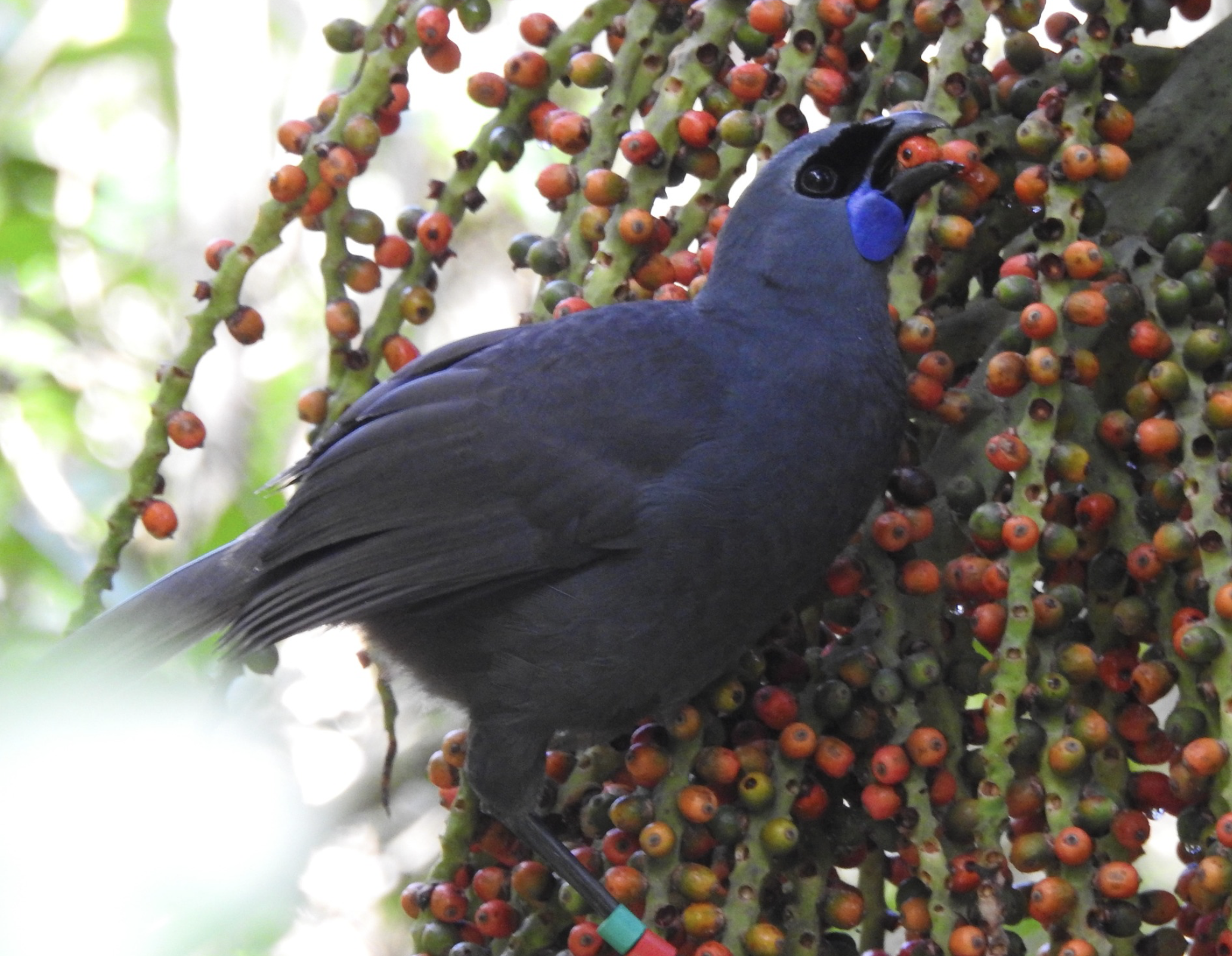The tīeke/saddleback scheme and what it can teach us
Celebrating 40 years of tīeke/saddleback on Tiritiri MatangiAuthor: Kay Milton and John Stewart, Biodiversity Sub-CommitteeDate: May 2024, Dawn Chorus 137Header image credit: John SibleyWhen tīeke/saddleback arrived on Tiritiri Matangi in 1984, it was truly the beginning of an era. Not only did they bring new sights and sounds to enrich the experience of anyone visiting the Island, they also marked the beginning of a project that would consume many working hours over the subsequent 40 years and which continues to this day. In 1984, only a small fraction of the original bush cover remained, and the planting programme was only just getting underway. This meant there were very few sites where tīeke could nest, so boxes were provided for this purpose. There were 360 boxes, but regularly monitoring this number proved difficult, and, as the bush planted between 1984 and 1994 has matured, an increasing number of ‘natural’ sites has become available. Between 2008 and 2012, the number of boxes was reduced to a level that could be more easily managed by a team of volunteers. Since then, it has been relatively stable at around 150-160 boxes. Barbara was tasked with the responsibility of checking the boxes once a week during the season, and twice a week when eggs were hatching. This was quite a laborious task, which required a great deal of dedication, attention to…
Celebrating 40 years of tīeke/saddleback
Celebrating 40 years of tīeke/saddleback on Tiritiri MatangiAuthor: Stacey Balich, GuideDate: May 2024, Dawn Chorus 137Header image credit: John SibleyIn 1984, 24 tīeke/saddleback from Cuvier Island were released on Tiritiri Matangi. They quickly established themselves with the help of nest boxes, roost boxes and regenerating bush. This year marks the 40th anniversary of their arrival, and, to celebrate this, Barbara Walter shared with me her experiences and stories from the early years. Dr Tim Lovegrove (Auckland Regional Council Heritage Department scientist) coordinated the translocation from Cuvier Island. The 24 tīeke, comprising six breeding pairs and 12 juveniles, came from five different areas of Cuvier Island and had distinct dialects. In order to preserve these distinctions, they were released in five different areas on Tiritiri Matangi: Bush 1, Bush 2, Wattle Valley, Bush 21, and Bush 22 (see Figure 1). At the start, 360 nest boxes were made by the North Shore Forest and Bird branch, coordinated by Eric Geddes, who used to travel to the Island on a small runabout from Army Bay. There were some differences in how the boxes were made. Some were short and some were long, both types having a V shape for the opening. Later a grill was added to the opening to prevent mynas and ruru from getting in, especially ruru, as they were getting in and…
Soil: what helps create and maintain it
Soil: what helps create and maintain itAuthor: Libby May, GuideDate: September 2024Healthy soil is fundamental to our continued healthy life. It provides plants, filters and manages the volume of rainwater, hosts an enormous biodiversity both above and below ground and it can tell us about our past as well as protect our future. It’s a huge carbon pool, absorbing carbon dioxide from the air – 1,500 billion tonnes of carbon globally – almost three times more carbon than in all above ground biomass including trees, shrubs and grasses. According to the Land Care Research Soils portal, each year unsustainable land management around the globe is responsible for around 24 billion tonnes of fertile soil being contaminated, washed off the land or blown away by the wind. In New Zealand it’s 192 million tonnes a year. (1) It’s not a speedy process, creating healthy, rich, fertile soil. Its origins start with bare rock and sediment surfaces being weathered and disintegrating under the influence of climate. Over time the surface becomes available to vegetation, lead by lichens (of which we have an abundance on Tiritiri Matangi) which will root in any cracks they can find such as the greywacke we see on the Wattle Track. A thin layer of vegetation will gradually build up and in the fulness of time start decomposition which in turn produces organic acids. These help…
Spring has definitely sprung!
Spring has definitely sprung!Author: Neil Davies, GuideDate: September 2024Photos credit: Neil DaviesSunday 1st Sept. On Sunday Mary-Ann and I were over on the island checking tracking tunnel cards as part of our on-going monitoring programme. Nothing untoward and just the usual critters showing up on the cards – footprints of birds, weta, wētā punga, skinks, tuatara and Duvachel gecko to name a few. However, it was impossible not to be taken by the level of bird song, even in the middle of the day, which indeed sounded like the ‘dawn chorus’. There were lots of encounters with kōkako, hihi, korimako, tūī, pōpokotea and tīeke as well as several tuatara spotted outside their burrows. I think they were celebrating the return of sunshine and mild temperatures after the heavy rain, thunder and lightning from the weather ‘bomb’ that passed over on Saturday night. Things definitely seem to be warming up and Spring has definitely sprung! Kōwhai and karo are still blooming prodigiously all over the island and the ground is now being carpeted with yellow flower petals and the deep crimson colour of the karo flowers. It also looks like it’s going to be an exceptional year for harakeke (flax) with a huge number of flower spikes and the first flowers already opening (I haven’t seen any on the mainland yet). Rewarewa has started to flower too which also seems…
